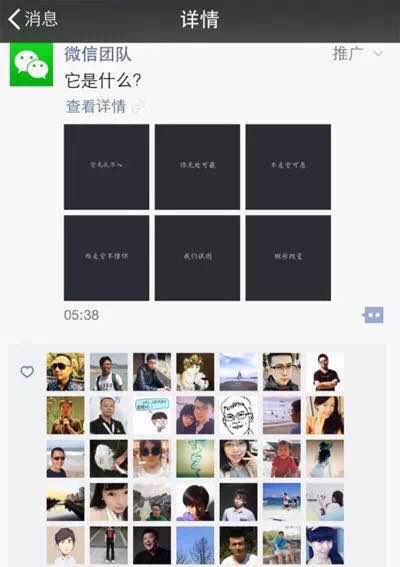WeChat ads were released last week. WeChat displayed its first “sponsored message” on moments. The message, issued by WeChat team, was a signal to users: their “moments” are no longer safe from ads.
What are WeChat ads?
WeChat ads are appearing on the moments of users. According to current information, each user will see an add appear every 48 hours.
The nature of the WeChat ads is supposed to be highly-interactive in order to preserve user experience, rather than simply hammering the brand names.
It is actually not the first type of ads displayed by Tencent. They had previously included an ad scheme for messages displayed on popular public accounts.
How do brands pay?
WeChat ads will be on a cost-per-view basis:
- 140 RMB for 1,000 views in tier 1 cities (Beijing, Shanghai, etc…)
- 40 RMB for 1,000 views in smaller cities
Who can access the scheme?
The WeChat ad scheme is, as far as today, limited to a small number of brands. A dozen of companies are working together with Tencent in order to prepare campaigns, the first one being BMW today.
WeChat ads have for now a pricey entry ticket: these first entrants are investing more than 10M RMB each for their campaign.
User experience crime?
The idea of seeing ads appear on the moments doesn’t seem like good news. So far, Tencent managed to be highly profitable while making 90% of its revenues from added value services, mostly through online games sales (as a point of comparaison, Facebook makes 90% of its revenues from ads and only 10% from value added services).
With a growing user base and adoption of its payment system, Tencent didn’t seem rushed to sacrifice user experience for a few bucks. It remains to be seen to which extent Tencent will manage to preserve users well-being in this new scheme.
The backlash seems already clear although some users were rather amused at seeing which “target user group” they belonged to.
What are the good news?
Two factors indicate that things might not be as bleak as they look for users:
- Tencent repeatedly stated that they want to focus on the interactivity and user experience through this new ad scheme. The fact that they are working with a select number of brands on high-budget campaigns does suggest the ads will be of high quality and will do more than just spamming and annoying users
- The “cost per view” (as opposed to cost-per-click on the previous ad scheme) leads brands to work harder at making ads interesting: they need to ensure that as many users as possible will feel that the content is adding value and click through (while on a cost-per-click model, the main variable for the brand is the conversion of people who clicked)

